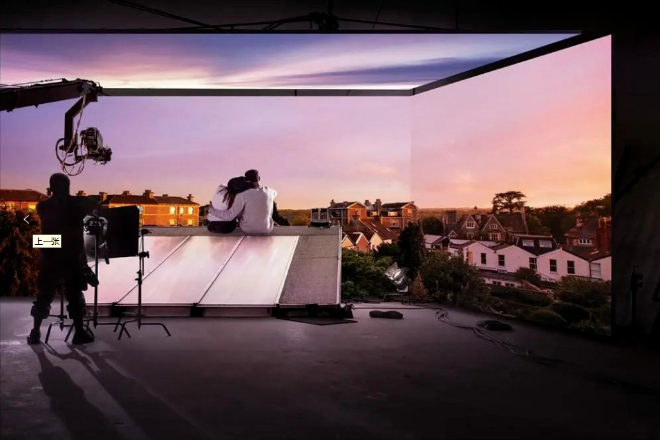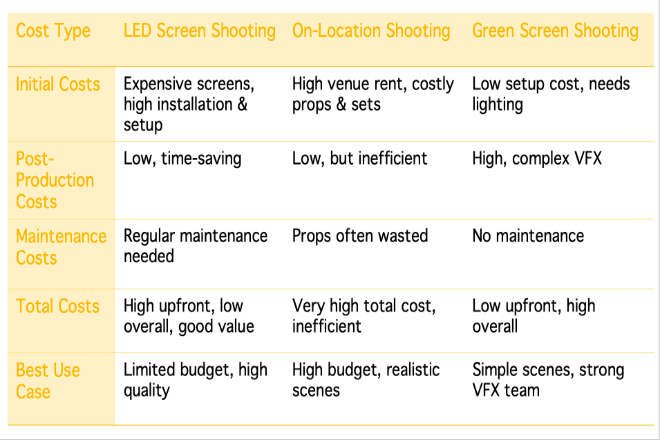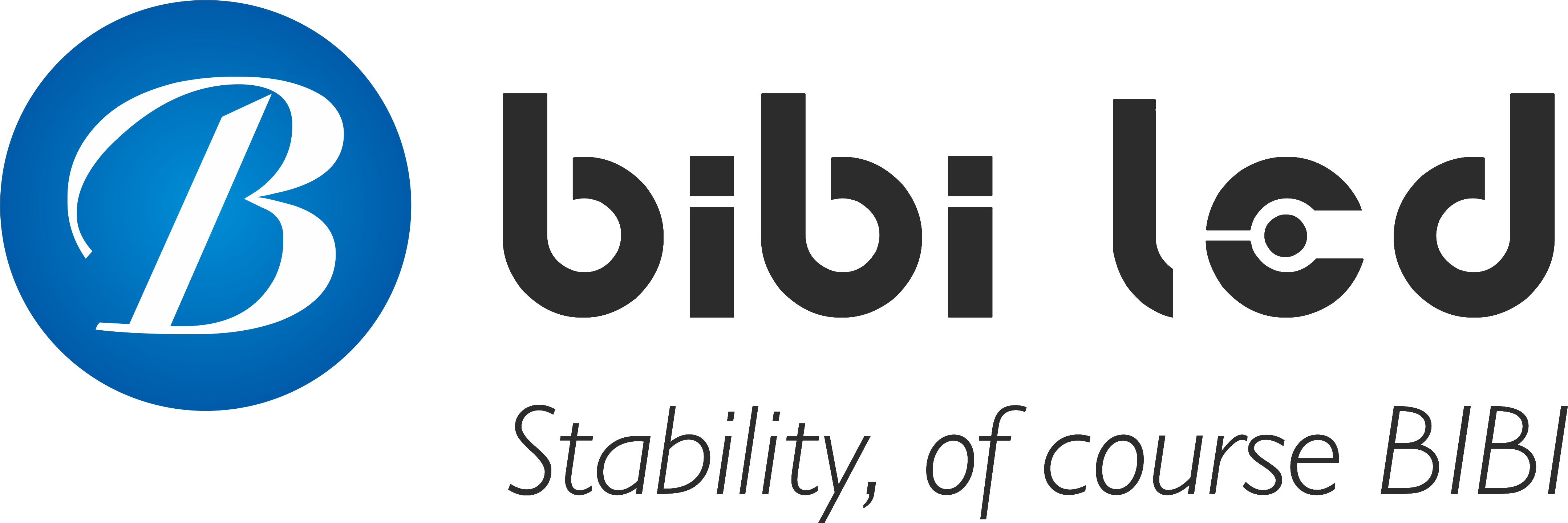소개
In the world of filmmaking, every technological innovation may bring about huge changes. Today, the emergence of LED 스크린 is quietly changing the traditional mode of filming.
So, is the cost of shooting movies with LED screens high or low? How can it play a unique advantage in filmmaking?
목차
1. Why can LED screens be used to shoot movies?
The main reason why LED screens can be used to shoot movies is that they have several advantages.
First of all, the picture quality of LED screens is particularly good, with high 해결 and realistic colours. It can directly present various complex scenes on the screen, such as alien worlds, ancient palaces or underwater worlds.
The actors perform in front of the screen, and the background is displayed on the screen in real-time, so the audience will feel more involved when watching the movie.
Secondly, it is very flexible. The picture on the screen can be adjusted in real-time as the camera moves. The director and photographer can see the final effect immediately.
If they think something is wrong, they can change it immediately without waiting until later stages to find the problem.
Moreover, LED screens can also be used as light sources, emitting appropriate light according to the content of the picture without having to put up a lot of lighting equipment, which is very convenient.
From a cost perspective, LED screens are also very cost-effective. Traditional filming requires setting up real scenes and buying props, which are wasted after being used once.
But LED screens can switch between various scenes in a small room, and the scenes can be used repeatedly, which greatly saves costs.
At the same time, it can also improve shooting efficiency, and scene switching is completed instantly, without waiting for the arrangement of lights and props like traditional filming.
In terms of environmental protection, LED screens are also excellent. Many props and sets used in traditional filming have become garbage, but LED screens only need electricity, which is more environmentally friendly.
Finally, audiences now like to watch movies with stunning visual effects and full of creativity.
LED screens can just meet this demand, making movies look more realistic and creative, attracting more audiences, and bringing more business opportunities to filmmakers.
In short, the application of LED screens in film shooting is like bringing a magic key to film production, allowing filmmakers to shoot better works more efficiently, more economically, and more environmentally friendly, while also meeting the audience’s high requirements for movies.
2. Can all LED screens be used for filming?

Not all LED screens can be used to shoot movies. Only those that meet specific requirements are suitable for filming, especially virtual shooting.
The following are some key factors that determine whether an LED screen is suitable for shooting:
1). 디스플레이 효과
1.1). 높음 해결:
Filming is not a matter of just fooling around. The picture must be as clear as the real thing.
Therefore, the LED screen must have a high resolution, at least 4K, and 8K would be even better. Otherwise, the audience can tell at a glance that the background is fake.
1.2). Fast 재생률:
When the camera shoots something, the frame rate may be very high. If the refresh rate of the LED screen cannot keep up, the picture will flicker or smear, which looks very awkward.
1.3). Accurate color:
The colours in the movie must be exactly the same as the director’s imagination, without any deviation. Therefore, the LED screen must be able to accurately restore various colours. Otherwise, the picture will look fake.
1.4). 명도 대조:
The lighting conditions at the shooting site are ever-changing, and the LED display screen must be bright enough and have a high contrast ratio so that the picture can be clearly displayed in various environments.
2). Technical aspects
2.1). Real-time rendering:
When shooting a movie, the background must move with the camera when the camera moves.
The LED display screen must work seamlessly with the real-time rendering engine (such as Unreal Engine) so that the background picture can be adjusted in real-time according to the movement of the camera.
2.2). “Synchronize” with the camera:
The LED display screen must also cooperate with the camera tracking system to make the perspective and parallax of the picture consistent with the movement of the camera. Otherwise, the audience can see the flaws at a glance.
2.3). Low delay:
There should be no obvious delay from the camera moving to the picture update of the display screen.
Otherwise, the picture and the movement of the camera will be out of sync, and the shooting effect will be greatly reduced.
3). Quality aspects
3.1). Good size and splicing:
Filming requires a large background, and the LED display screen must be large enough, and there should be no obvious gaps when splicing. Otherwise, the background will look fake.
3.2). High stability:
When shooting, the LED display screen must work stably without overheating, flickering or dead spots. Otherwise, the shooting will be interrupted, wasting time and energy.
4). Scene restrictions
4.1). Less ambient light interference:
If the light at the shooting scene is very complex, ordinary LED displays may be disturbed by ambient light, causing color distortion of the picture.
Professional LED displays for shooting must be able to resist this interference; otherwise, the picture will look fake.
4.2). Wide 시야각:
Ordinary LED displays may have a narrow viewing angle. When the camera shoots from the side, the picture may have colour deviation or brightness reduction.
The LED display screen used for shooting must have a wider viewing angle so that a clear picture can be seen from all angles.
5). Cost
5.1). High-end displays are too expensive:
LED displays that meet the requirements of film shooting are particularly expensive because of their high-end features, such as high resolution, high refresh rate, and high contrast.
Ordinary LED screens cannot meet these requirements, so they cannot be used for filming.
5.2). Later maintenance also costs money:
In addition to being expensive when purchased, this high-end LED screen needs regular maintenance; otherwise, it will have problems soon. Maintenance costs are also a considerable expense.
Not all LED screens can be used for filming. Only high-end LED screens with high resolution, fast refresh rate, low latency, and perfect cooperation with cameras can meet the strict requirements of filming.
Ordinary LED screens either have poor display effects, or are not technically up to date, or have poor stability. In short, they cannot meet the standards for filming.
3. Compared with real scenes and green screens, how much does it cost to shoot LED screens?

1.1). The screen itself is quite expensive:
LED screens, especially those with high resolution and high refresh rate, are expensive. Just like you have to spend a lot of money to buy a good TV, this screen is even more expensive.
For example, a good quality LED screen may cost several thousand yuan per square meter. If you build a larger shooting site, the screen alone will cost hundreds of thousands.
1.2). Installation and debugging also cost money:
After buying the screen, you have to hire someone to install and debug it, and you have to equip it with various control systems, which is another expense.
For example, the installation and debugging fee for an ordinary LED screen used in commercial advertisements may be more than 10,000 yuan.
1.3). Maintenance after long use:
After the screen has been used for a long time, various small problems may occur, such as broken lamp beads and abnormal screen display, which require regular maintenance, which is also a considerable expense.
1.4). However, you can save money in the later stage:
Although you spend so much money in the early stage, you can save a lot of post-production costs by shooting with LED display screens.
For example, traditional green screen shooting requires a lot of time and effort to edit and synthesize special effects in the later stage.
LED display screen shooting basically does not require these, which can greatly shorten the post-production time. In general, the cost may be much lower than traditional green screen.
However, if you rent a refreshed, high-definition LED display from an LED display rental company, the price will be more expensive than renting a different one, but it will definitely be more cost-effective than buying one directly.
This depends on how the film investors choose, whether to rent or buy.
2.1). High site rental:
Real-life shooting requires finding a suitable venue. For example, if you want to shoot a sunrise at the seaside, you have to rent a house or venue at the seaside.
The rental may cost several thousand yuan a day. If the shooting time is long, the cost will go up.
2.2). Props and scenery cost money:
If the scene is complex, such as shooting ancient court dramas, you have to build a palace and prepare various props, which are very expensive.
And after these props are used up, many of them can no longer be used, which is a big waste.
2.3). Time-consuming and labour-intensive:
Real-life shooting also takes a lot of time to arrange the scene and adjust the lighting; the shooting efficiency is low, and the labour cost is also high.
2.4). The total cost is scary:
The total cost of real-life shooting is very high, especially for projects that require multiple complex scenes. For example, if you want to shoot a sci-fi film and use real scenes to build an alien world, the cost is simply unimaginable.
3.1). Green screen construction is cheap:
Green screen construction is relatively simple and low-cost. It is just to build a green curtain, but it requires professional lighting equipment and venues to cooperate.
3.2). High cost of post-production special effects:
The biggest pitfall of green screen shooting is post-production special effects production.
The special effects team has to spend a lot of time on cutting and compositing and also has to adjust the light and shadow to make the picture look natural.
This process is particularly time-consuming and labour-intensive, and the cost is very high.
3.3). High time and labour costs:
The post-production cycle is long, and many professionals must be watching, which is another large labour cost.
3.4). The total cost is not low:
Although the green screen has a low initial cost, the later cost is high. Overall, the cost is not low.
4). Final summary
- LED display screen shooting:
The initial hardware cost is high, but the post-production is trouble-free and time-saving.
The overall cost may be lower than the real scene and green screen, and the cost performance is quite high.
- Real-life shooting:
High cost, mainly venue rental, props and scenery fees, low shooting efficiency, and the overall cost is scary.
- Green screen shooting:
Cheap in the early stage, but high cost of special effects in the later stage, and the overall cost is not low.
If the budget is limited and you want to shoot good results, LED display shooting is a good choice, which can help you save a lot of money while ensuring the effect!
4. Successful LED display shooting case analysis
1). “The Mandalorian”
This Star Wars series on Disney’s streaming platform is a classic example of LED virtual shooting technology. The show uses LED displays to build an immersive virtual scene, replacing traditional green screen technology.
1,572 BP2 and 675 CB5 displays are used in the show to build a 270° elliptical LED video wall and sky curtain, with a total area of more than 800 square meters.
This technology not only improves shooting efficiency but also brings shocking visual effects to the audience.
2). The Batman
The xR virtual studio built by AOTO Electronics was put into use in Seattle, USA, and participated in the filming of The Batman.
Through LED display technology, the studio can present complex virtual scenes in real time, providing an efficient shooting solution for the difficult shots in the film.
3). Westworld Season 3
Following the success of The Mandalorian, the famous director Christopher Nolan also used LED display technology in the filming of Westworld Season 3.
Through the LED screen, the production team can quickly switch scenes, reducing the time and cost of scene construction in traditional shooting.
5. 결론
Through the above comprehensive analysis of the LED display screen for filming movies, we can see that despite its high initial investment, in the long run, it has shown great advantages in cost control, shooting efficiency improvement and visual effects presentation.
마지막으로 LED 디스플레이 화면에 대해 더 알고 싶다면, 우리에게 연락해주세요.
